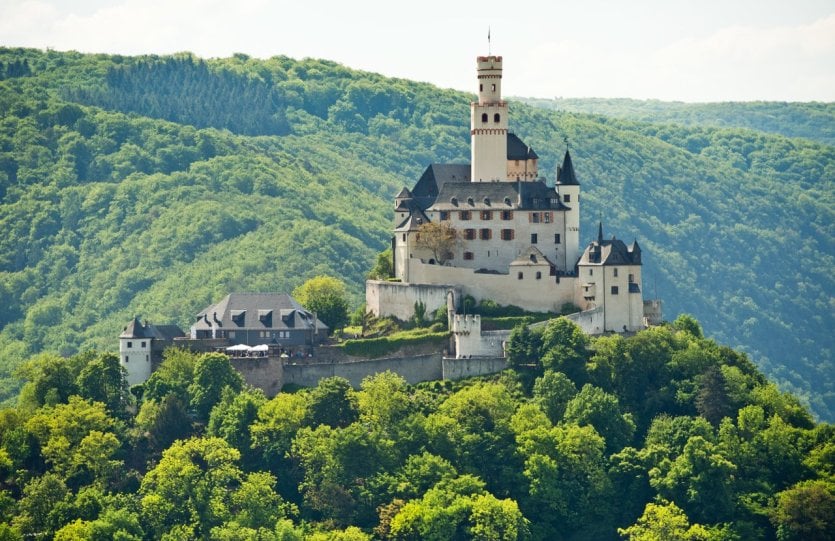
Lovers of nature and heritage discover Rhineland-Palatinate, a region in the west of Germany on the border with France, Luxembourg and Belgium, a favourite area for splendid walks and bike rides. The walks are punctuated by the visit of exceptional monuments: the castles of Romantic Germany. These imposing buildings steeped in history stand on hilltops, on rocky spurs, in the heart of forests, overlooking rivers and vineyards to form one, even with the communes at their foot, which are all stages where you can stroll, take part in a wine tasting and taste the regional gastronomy. Here are the 10 most beautiful castles of Romantic Germany.
The former Palace of the Elector Princes and the Basilica of Constantine in Trier
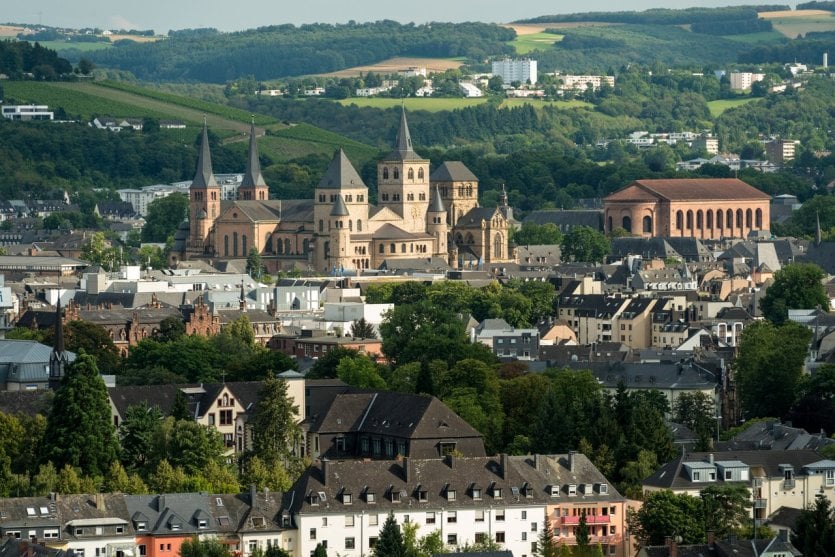
An excursion to Trier is an opportunity to discover a city with a rich heritage. It was founded by the Romans and still preserves splendid remains such as the Porta Nigra. Then on to the Basilica of Constantine, built under the Emperor whose name it bears in 310. It was originally a Roman aula and impresses in particular by its exceptional dimensions. It was redesigned several times during its history and regained its original appearance in the 19th century. Today it is a Protestant place of worship and is listed as a UNESCO World Heritage Site. Next to the basilica is the former palace of the prince-electors. Modified in the 13th century in Renaissance style by the Archbishop of Trier, the monument today draws crowds for its rococo wing built between 1756 and 1762. Not to be missed: the artistic staircase designed by Johannes Seiz inside and the French park with Baroque statues, flower beds and water features
The castle of Trifels
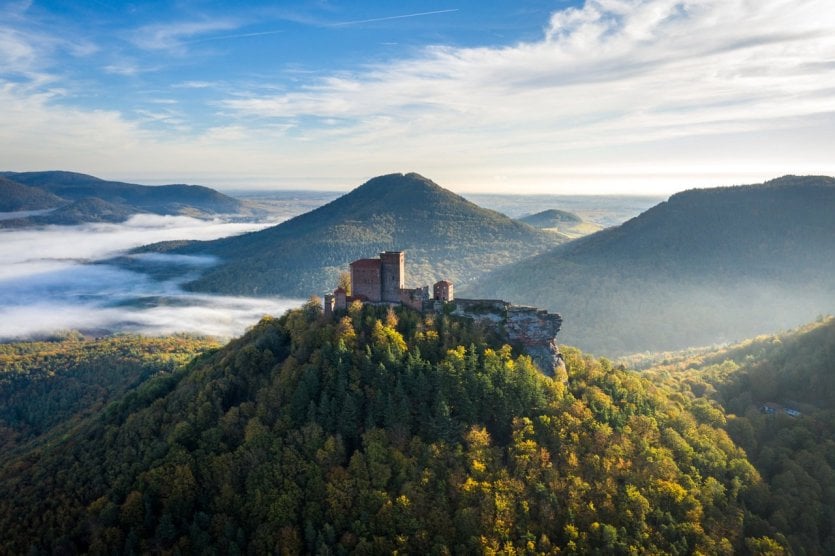
Originally a Salesian monastery, Trifels Castle impresses by its geographical position, on the heights of the town of Annweiler and overlooking a green valley, like a Garden of Eden. Probably built in the 11th century, the castle was intended to protect the empire and housed the three crown jewels (crown, sceptre, orb). It was also said at the time that "He who owns Trifels, owns the empire". The monument is also known to have been used as a prison and to have hosted some famous people such as Richard the Lionheart who was held there on his return from the Third Crusade. Partly restored, one should not fail to contemplate its architecture in detail and see the symbols of power preserved in the chapel. Guided tours in French are available
Hambach Castle
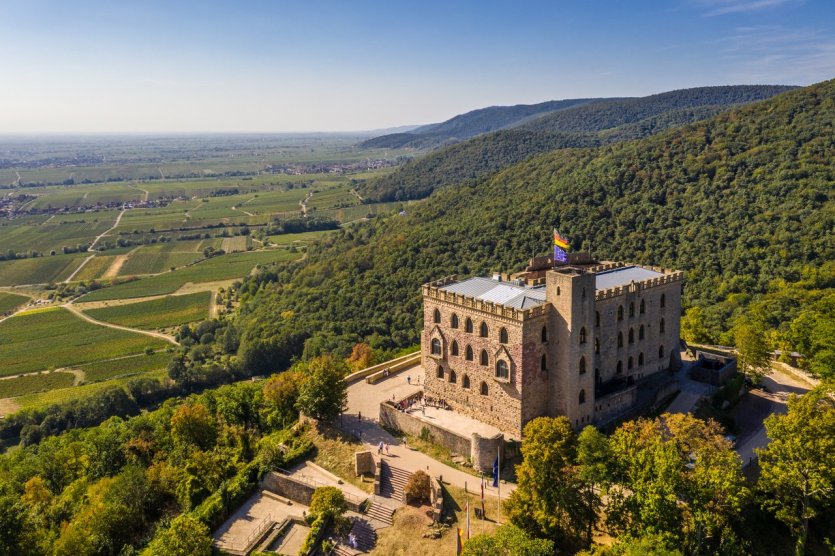
Hambach Castle is another eye-catching monument because of its position overlooking the vineyards and forests of the southern Palatinate. It is also a symbolic stronghold, regarded as the cradle of German and European democracy. For although it was built in the Middle Ages, it was not until the 19th century that it achieved its exceptional significance, bringing together 30,000 people to advocate fundamental rights, tolerance, equality and democracy in Germany and Europe. It was in ruins for a long time before being rebuilt from 1960 onwards. The permanent exhibition "On the way to the castle! "a fascinating journey through the history of democracy.
Marksburg Castle - Braubach

The medieval town of Braubach is surrounded by vineyards, making it a popular destination for wine tourism enthusiasts. The magnificent Marksburg Castle, built in the 13th century, dominates the picturesque alleys of the old town as well as the Rhine River of Legends, at a height of over 160 m. It is an exceptional testimony to history as it is the only castle in the valley not to have been destroyed. A visit to the building offers a wonderful journey back to medieval times and castle life, during which you will discover its main areas such as the kitchen and its imposing fireplace, the knights' hall, the women's apartments, the armoury and the covered walkways
Landshut Castle
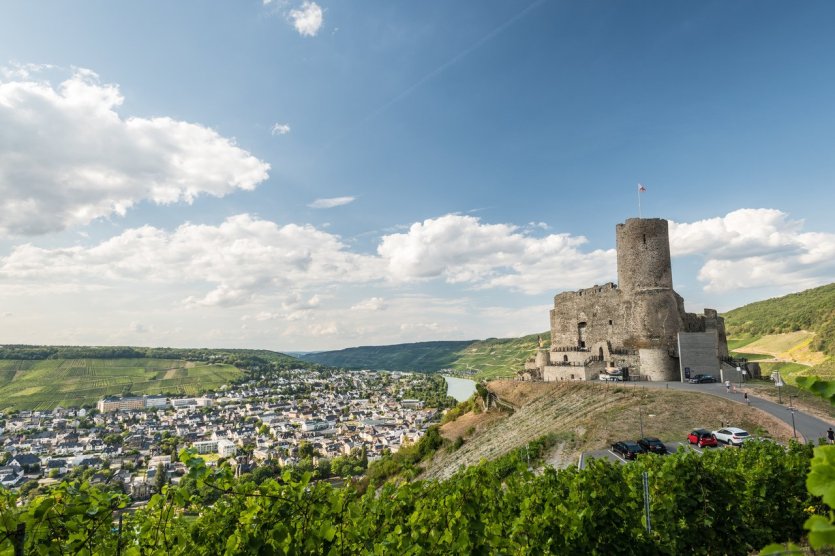
Passing through the historic centre of Bernkastel-Kues, one can't help but stare at the ruins of Landshut Castle. After a charming walk through the vineyards or taking the "Burg-Landshut - Express" shuttle bus to the castle, whose origins date back to Roman times. A cultural walk around the building is offered on site and the information boards tell the story of its construction. There is also a wonderful view of the Moselle, the forest, the vineyards and the town below. Afterwards, a well-deserved gourmet break is taken in the restaurant, which delights the taste buds with its fresh, local cuisine
The ruins of the Fortress of Mount Royal
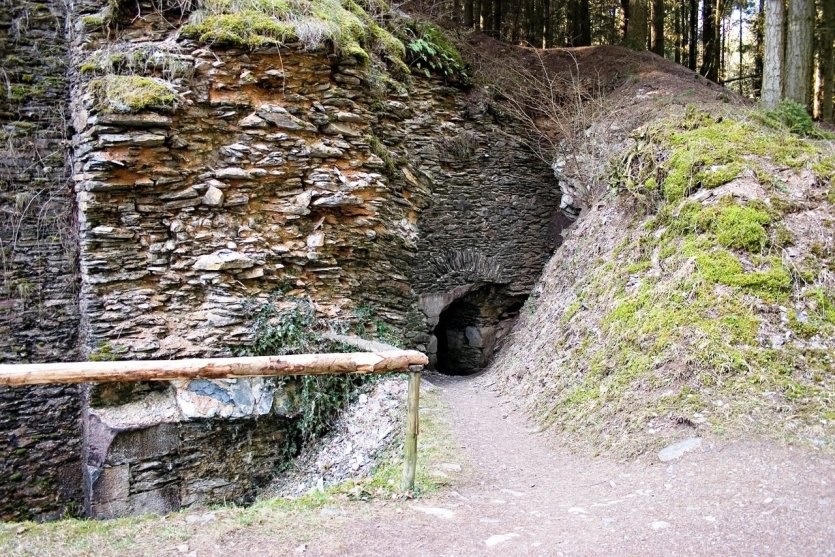
Above the municipality of Traben-Trarbach stand the ruins of the fortress of Mount Royal. A path at the top of Römerstrasse leads to the site, which is well worth a visit. Because the ruins are part of these relics that tell the story, the history of the Mount Royal Fortress begins in the 17th century, when Louis XIV had it built by Vauban as part of his policy of annexation and expansion towards the east. Although it could accommodate up to 12,000 men at its height, it was finally dismantled because it was too costly and then destroyed by the French in 1698 after the Treaty of Rijswijck. Although not much remains of the fortress, the few ruins make it possible to immerse oneself in its history
The imperial castle of Cochem
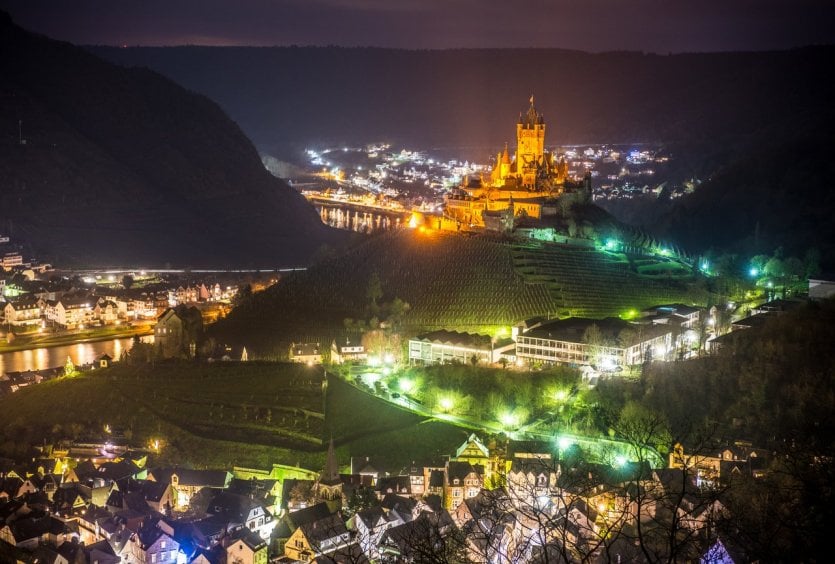
Situated in the heart of the Moselle-Saar-Ruwer wine region, the romantic village of Cochem captivates by the traces left by the Middle Ages, including its beautiful half-timbered houses, the picturesque narrow streets and the charming promenade along the banks of the Moselle. The imperial castle (Reichsburg) is located on the heights of the municipality and offers an incredible view of the valley, the village and the vineyards. The building was built around the year 1000 and was left in a state of ruin until 1868, when the merchant and future business advisor Louis Ravené of Berlin decided to buy the land and have the monument rebuilt in neo-gothic style. A visit is notably the occasion to admire its superb turrets surmounted by bell towers
The Roman fort of Bodobrica
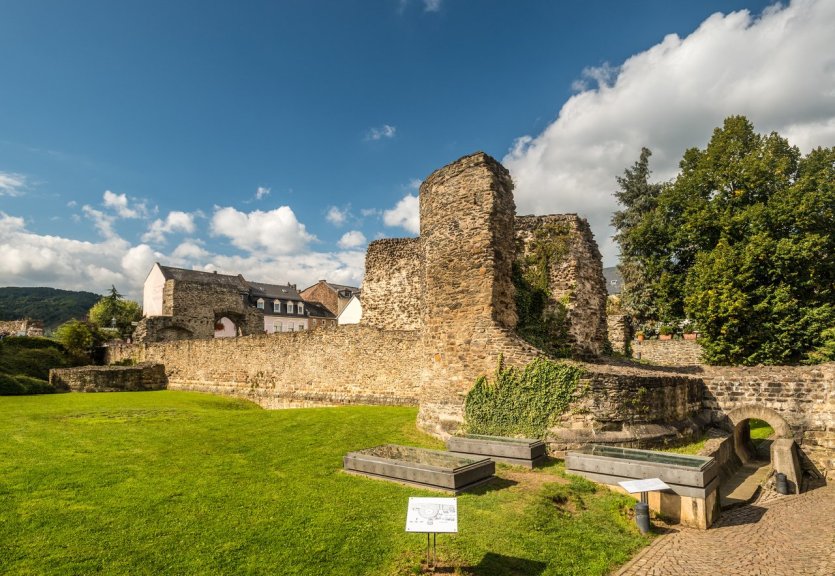
During a stay in Rhineland-Palatinate, fans of Roman architecture must make a stopover in the city of Boppard. Boppard was one of the most important Roman cities in the Middle Rhine Valley and is now a UNESCO World Heritage Site. The Celts also left their mark on the city. After strolling through the streets of the city centre and stopping at a few bars to taste some of the local drinks, you should not miss the ruins of the Roman fort of Bodobrica. The beautiful stones offer a journey back to ancestral times and here and there you can see that nature seems to be taking back its rights
Ehrenbreitstein Castle
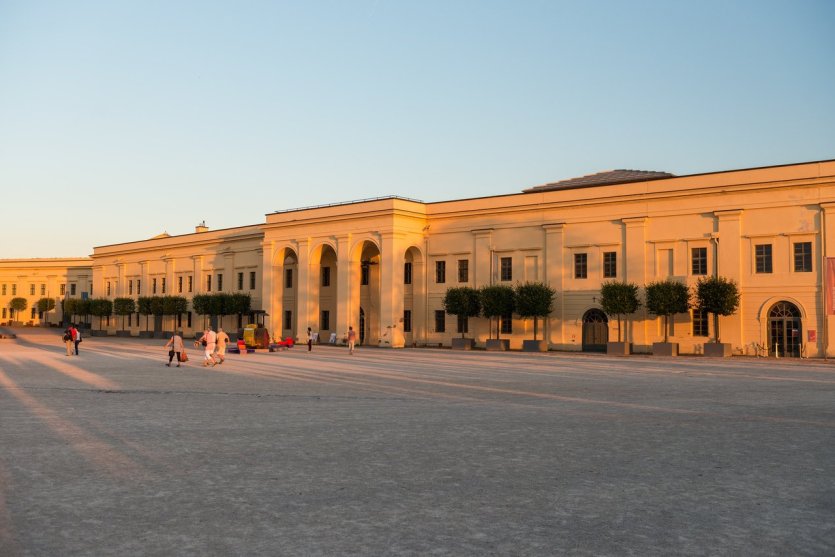
This Prussian fortress is one of the best preserved in Europe. Its history, however, is known to date back to the time of the Celts. It proudly dominates Koblenz and under Prussian rule was part of a fortified belt around the city. From the building, the view of the confluence of the two rivers, the Rhine and the Moselle, is simply breathtaking. The castle Ehrenbreitstein also offers the opportunity to stroll through a park and wander through its monumental exhibition halls. Various theme tours are offered to the public to relive the history of this prestigious monument. A cable car is available for visitors to reach the castle
Eltz Castle
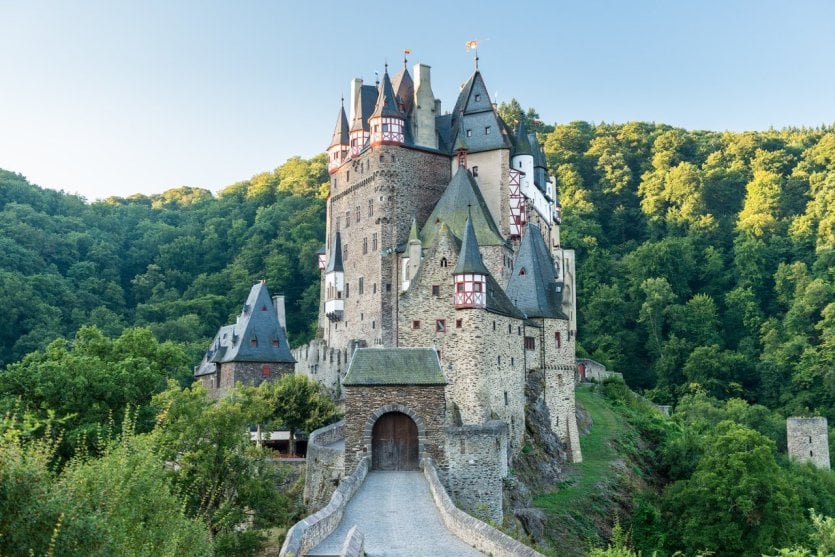
Whether you look at it from a distance or visit it, you will realise that Eltz Castle is one of the most beautiful in Germany and also one of the best preserved. For 800 years it has been the property of the descendants of the Counts of Eltz and the current residents are happy to welcome visitors to discover all its splendour and relive its history, which began in the Middle Ages. The fairy-tale castle's main attraction is its location, perched on a rocky outcrop in theEifel Hills, overlooking the Eltzbach River and bordering the Moselle Valley. Inside, a visit to the various rooms reveals beautiful murals, period furniture and a large collection of art objects


